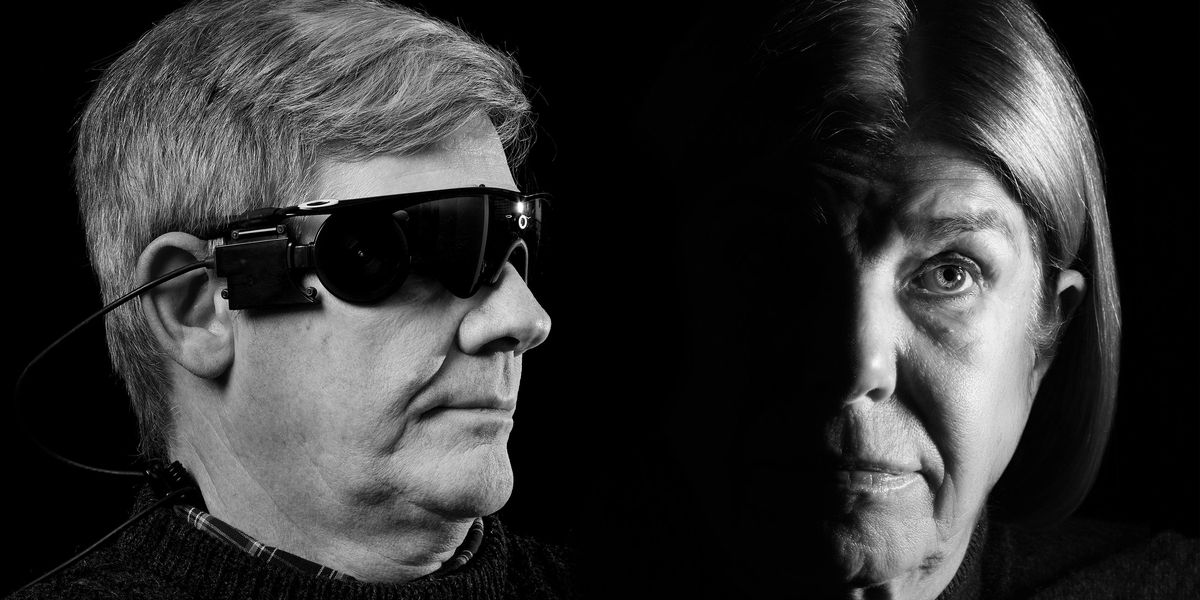I can’t imagine having IoT in your eyes than can stop working whenever the company decides to shut down its server. This is 1984 Orwellian case,
There should be a right to repair technology that is literally in your body.
luckily, there is movement toward broadening right-to-repair laws–Colorado recently passed right-to-repair for wheelchairs, for example–so i’m cautiously optimistic
They passed a law for farmers as well.
I remember a comment on Reddit years ago (which i fail to find right now) describing all the cons of hypothetical tech implants, seeing this IRL is decidedly odd and not unexpected…
This is bad, don’t install the Neuralink or whatever Musk is trying to do
I’m glad that there is technical innovation private or public, and eventual obscelence is inevitable. However, for vital things like pacemakers and body implants that when they stop working are effectively a blinding punch to the eye.
At the point where a version of tech is about to go out of support, I think this tech needs to be publicized and open-sourced (i.e. blueprints, technical drawings, softwares, code), to allow for potential self-support. Easier said than done but it should be criminal to destroy/sell off such humanitarian progress to oblivion.
i previously posted this article about a year ago when this instance was way smaller; the issues, of course, remain the same. the lead example, the Argus II, has now been discontinued for 3 years and i can only assume that entropy has left even more people with implants like this effectively blind again
@alyaza These blind people had to pay $150k for this shit and now it’s worthless? It does make a superb case for keeping medical tech out of the hands of for-profit corporations.
factoring in additional costs of surgery it’s actually substantially worse than just 150k, although a lot of it was covered by insurance for the typical getter:
Moreover, implanting the Argus II was just the start of a long, tough journey for patients. Second Sight employed its own vision-rehabilitation specialists to work one-on-one with implantees, often for months or years. One Argus II patient estimated that the total cost of the device, surgery, and rehabilitation was $497,000. Typically, at least 80 percent of the device fee and most of the other costs were covered by insurance.
even so, that’s still a life-ruining amount for some people, especially if the device stops working because the company no longer really exists in the form it did when you got the implant
@alyaza Not to mention the cost to get it removed if that’s ever needed. Just an all around awful situation for these individuals.
Not to mention the cost to get it removed if that’s ever needed.
oh in some cases the possible consequences straight up outweigh benefits, so people will just leave them in and are stuck with them permanently:
Barbara Campbell, who received her implant during the clinical trial of the Argus II, did find the bionic vision system useful. As a New York City resident, she used it outside on the busy sidewalks and while taking a subway or bus. “The more I used it, the benefits increased,” she remembers. “I think I was retraining my brain to see stuff.” But in 2013, after four years of regular use, Campbell’s system shut down in the subway station, and despite some repair attempts by Second Sight, never worked again. While she talked with her doctors about having the implant removed, she ultimately decided that the risks of another surgery weren’t worth it. She still has the defunct technology in her left eye.
I’m laughing in shock and horror at late stage capitalism. Least they could have done was open source the tech powering it!








